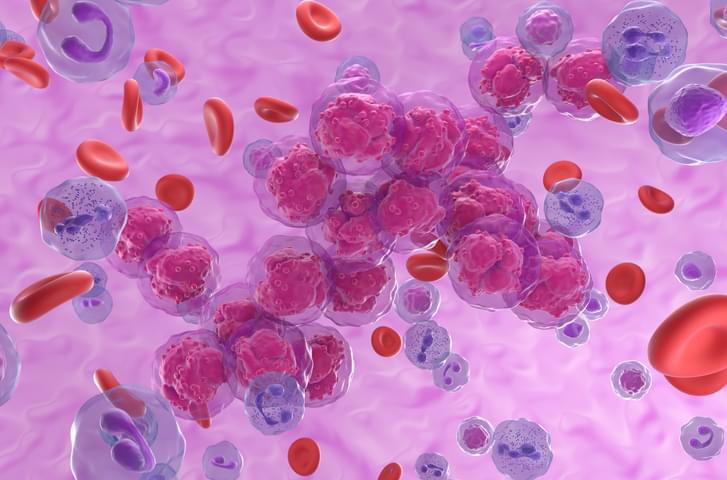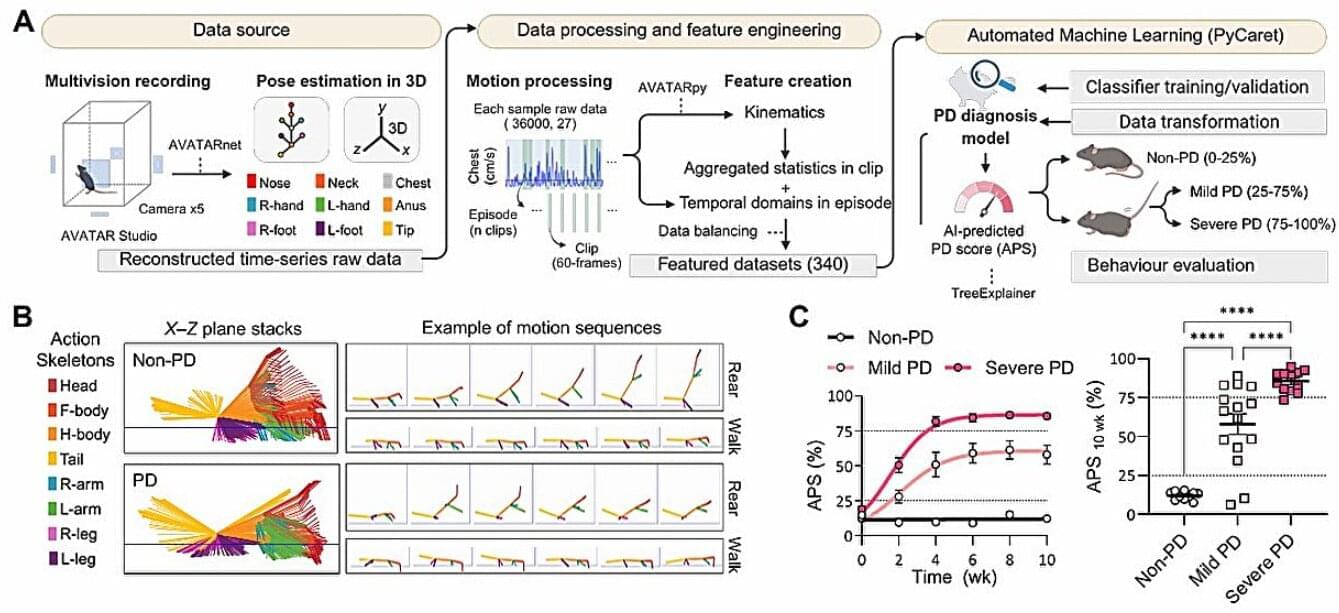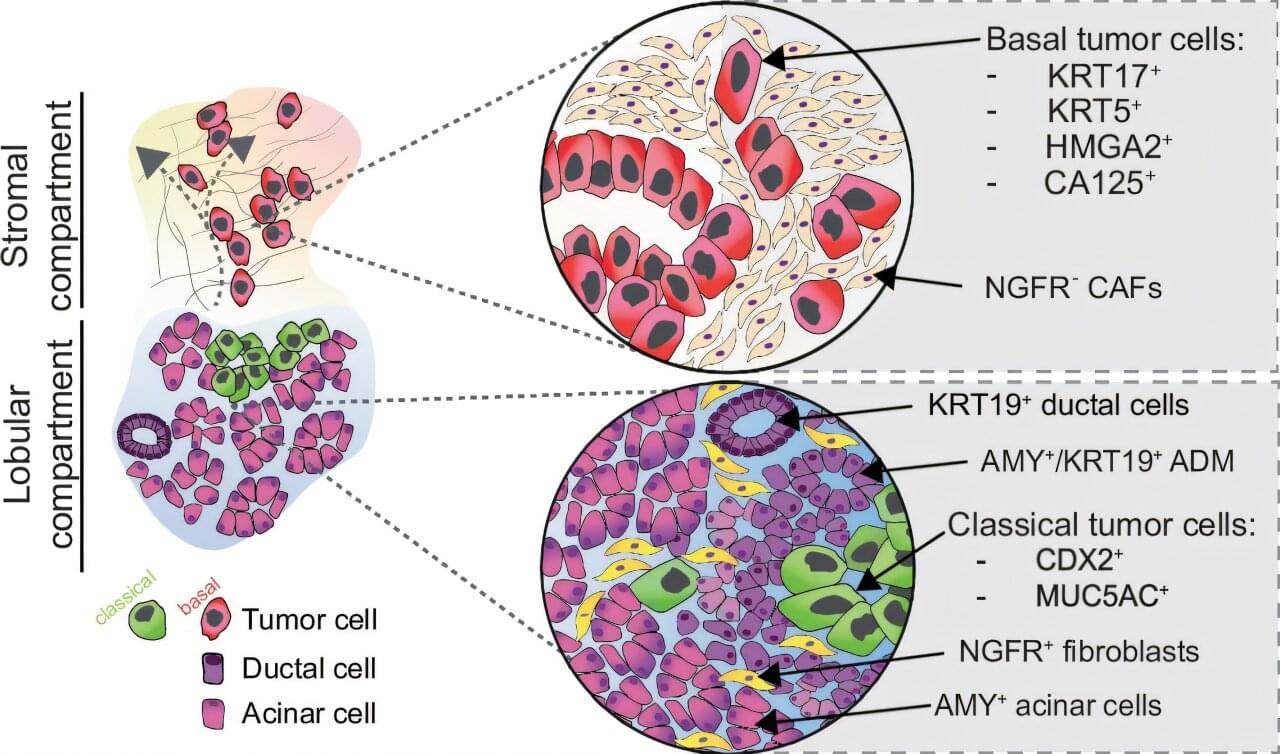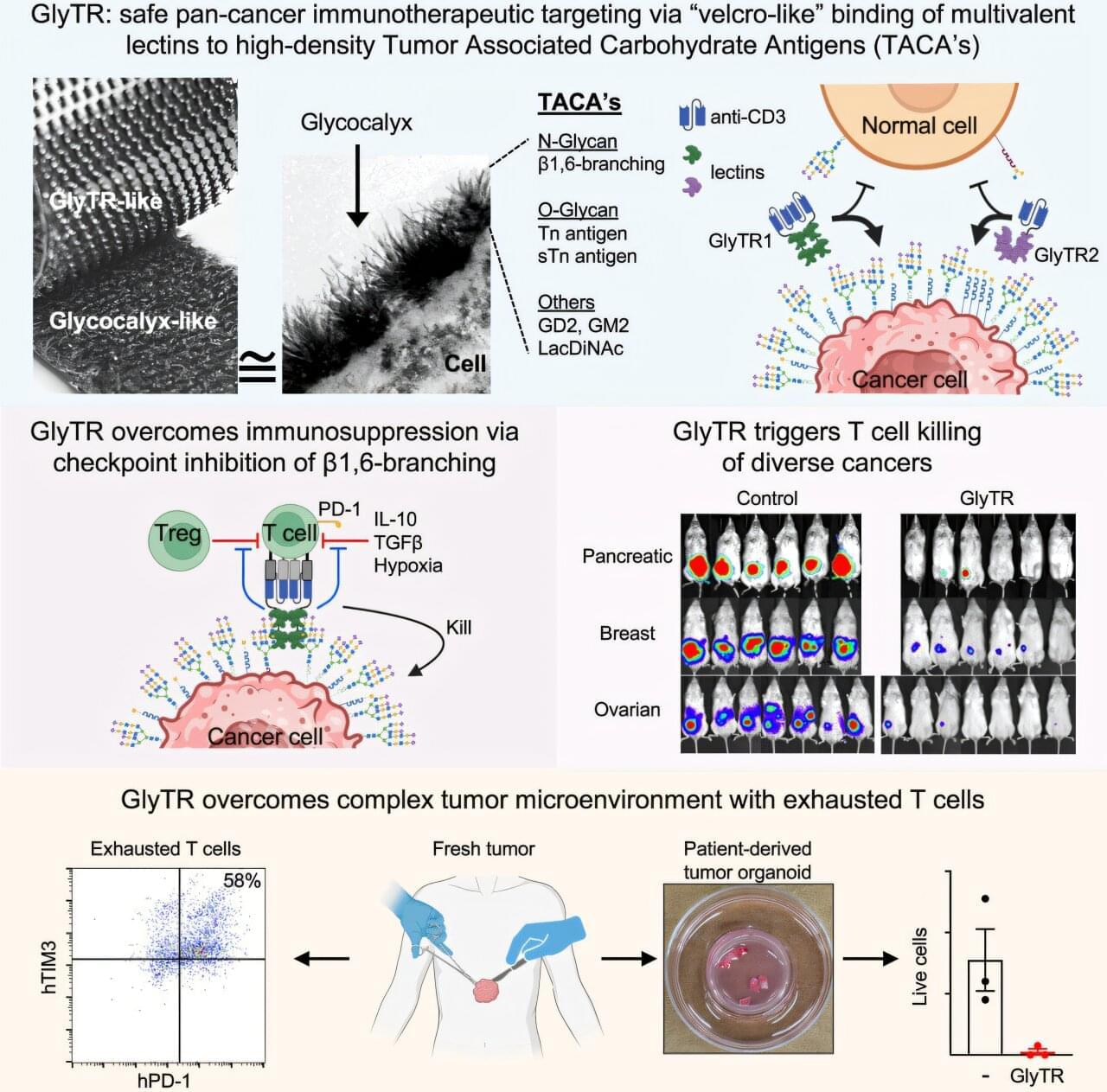In a world of information overload, it can feel soothing to stick your head in the sand.
Don’t want to hear what the doctor might say? It’s easy not to make a follow-up appointment. Did a favorite political candidate say something you disagreed with? The evidence can disappear with a flick of a finger.
According to psychologists, avoiding information when it’s uncomfortable is a common adult behavior, often referred to as the “Ostrich Effect.”








